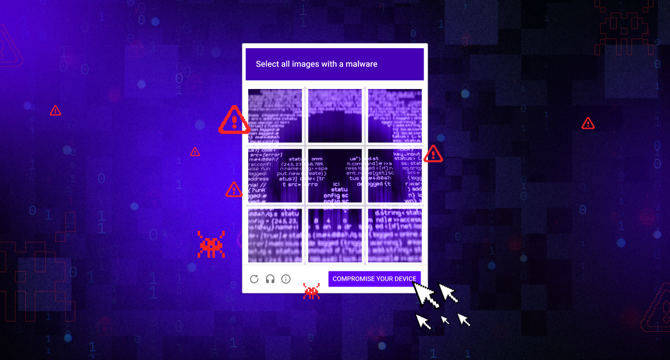Sentinelone
2w
8

Image Credit: Sentinelone
Caught in the CAPTCHA: How ClickFix is Weaponizing Verification Fatigue to Deliver RATs & Infostealers
- ClickFix attack methodology involves compromising websites and embedding fraudulent CAPTCHA images to deliver malware and malicious code like infostealers and RATs.
- This tactic of using deceptive verification challenges relies on user fatigue with anti-spam verifications, leading victims to inadvertently execute PowerShell code and additional payloads.
- Attackers require victims to solve a CAPTCHA challenge, walk them through running PowerShell code by pasting hidden content, and ultimately infecting themselves.
- Delivery methods of ClickFix attacks include injecting code into legitimate websites, setting up phishing sites, email attachments, social-media lures, and more.
- After clicking the malicious CAPTCHA challenge, victims are instructed to paste commands into the Windows 'Run' dialog, triggering the execution of malware.
- Malicious activities observed in ClickFix campaigns often involve delivering infostealers like Lumma Stealer, NetSupport RAT, and SectopRAT.
- Preventive measures against ClickFix attacks include raising awareness, user training, user restrictions on PowerShell commands, and deploying effective EDR solutions.
- Indicators of Compromise include network communications, fake CAPTCHA domains, PowerShell download domains, and various IP addresses associated with malicious activities.
- Common commands and file names related to ClickFix attacks include PowerShell executions, DLL implants, droppers, RAT components, and scheduled tasks.
- Mitigation strategies for ClickFix attacks involve understanding the tactics employed, monitoring for associated indicators of compromise, and implementing relevant security controls.
Read Full Article
Like
For uninterrupted reading, download the app